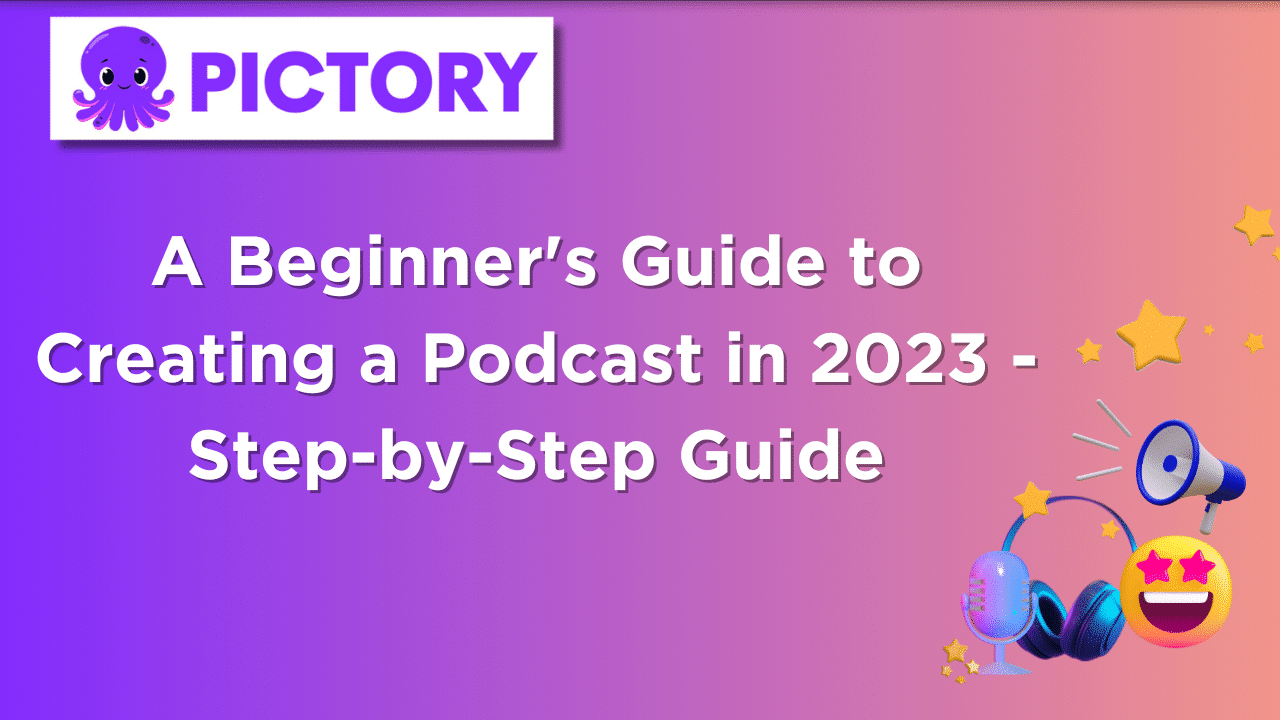Are you ready to dive into the exciting world of podcasting?
With the right guidance, starting your own podcast can be a thrilling adventure.
In this step-by-step beginner’s guide, we’ll walk you through everything you need to know, from choosing your podcast topic to monetizing your show.
So, let’s embark on this incredible journey and create a successful podcast together!
Short Summary
-
-
Create a successful podcast by choosing the right topic, format, and equipment.
-
-
-
Engage your listeners with great audio quality, scripting & editing content for social media.
-
-
-
Promote and monetize your show through sponsorships, affiliate marketing & selling merchandise.
-
Choosing Your Podcast Topic
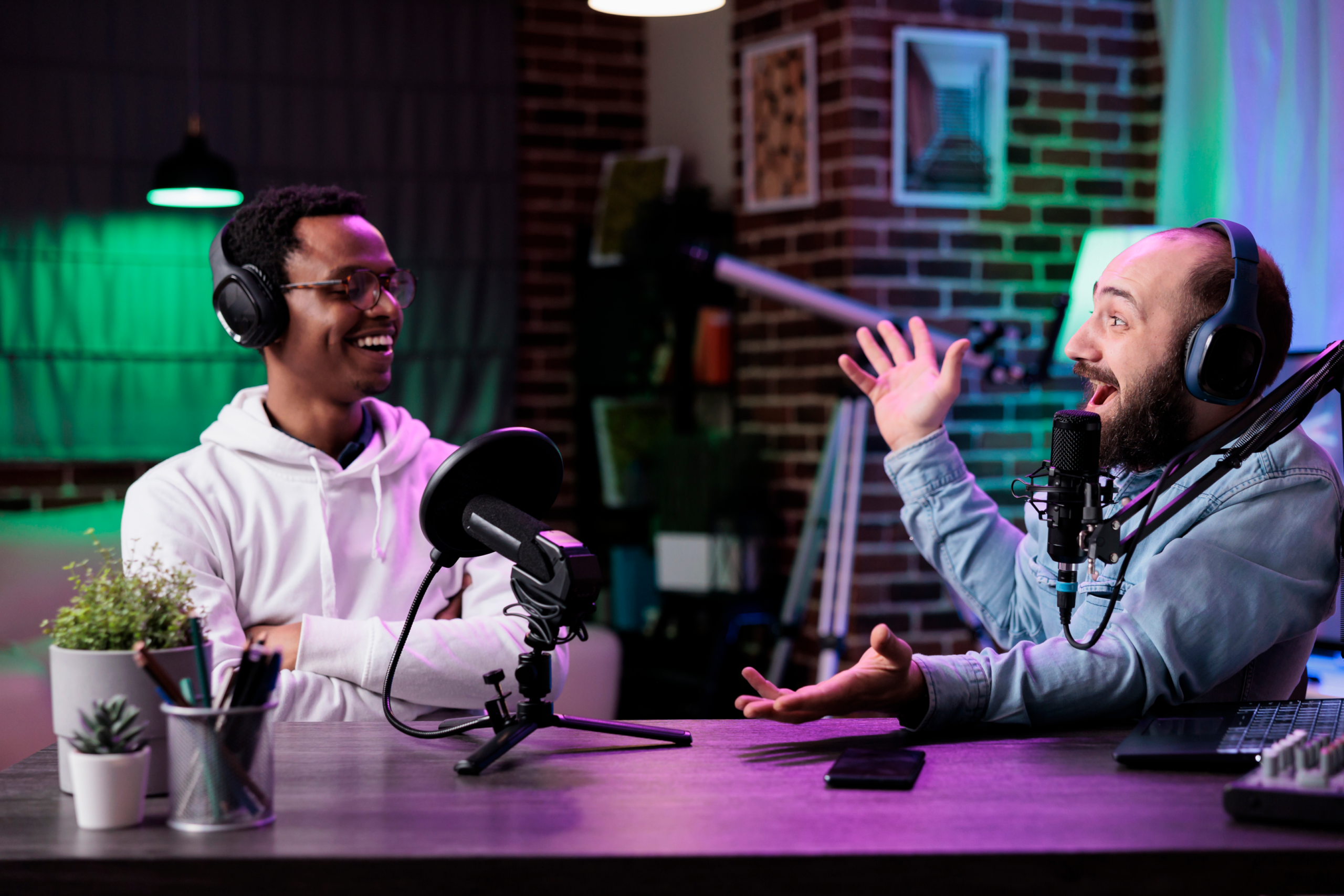
Finding the perfect podcast topic is crucial for creating a successful show.
To start a podcast, begin by exploring your passions and interests, and consider which subjects will keep you enthusiastic in the long run.
Don’t forget to think about your target audience and the value your podcast will bring to listeners.
An appealing podcast name and eye-catching cover art are essential for attracting attention and standing out from the competition.
Make sure your podcast name is memorable and relevant to your content.
Choosing a specific niche will draw a more passionate audience, who are likely to recommend your show on their favorite podcast apps.
Brainstorming Ideas
There are several popular podcast formats to consider, such as solo shows, interview shows, and panel discussions.
Each format has its unique benefits and challenges, so it’s essential to choose the one that best suits your content and preferences.
Video podcasting has also gained popularity, allowing podcasters to record both video and audio versions of their show.
This option can broaden your audience reach and provide additional opportunities for repurposing content.
Take some time to research different formats and decide which one aligns best with your goals.
Validating Your Topic
To ensure the best audio quality for your podcast, you’ll need essential podcast equipment.
This includes microphones, headphones, and audio interfaces.
There are various free and paid software options available for recording and editing, such as Audacity (free) and Adobe Audition (paid).
An organized structure for podcast production keeps you consistent and on top of things.
Using tools like content calendars can help you plan your episodes and manage your time efficiently, ensuring that you stay on track and produce high-quality content.
Deciding on a Podcast Format
Choosing a podcast format is crucial for structuring and organizing your episodes, and creating a professional and consistent show.
Crafting engaging podcast episodes requires planning and scripting, as well as engaging with listeners to create a loyal fanbase.
Developing podcast artwork and branding that stands out in podcast directories will help you attract more listeners and set your show apart from the competition.
By focusing on these aspects, you’ll not only create a successful podcast but also build a strong podcast brand that resonates with your audience.
Solo Shows
For solo shows, it’s essential to have catchy intros and outros with engaging music to capture your listener’s attention.
These elements set the tone for your podcast and provide a polished experience for your audience.
With the right podcast music, you can create a unique and engaging listening experience for your own podcast, making your show memorable and enjoyable.
Interview Shows
Interview shows offer the opportunity to bring unique perspectives and networking opportunities to your podcast.
When conducting interviews, it’s essential to use the right recording software to ensure high-quality audio.
Remote recording software such as Riverside.fm, SquadCast, and Zoom are excellent options for capturing clear audio during interviews.
These software options allow you to record audio from multiple people simultaneously, providing better audio quality and separate tracks for easier editing.
By using the right recording software, you can create engaging podcast interviews that resonate with your listeners and help your podcast grow.
Panel Discussions
Panel discussions offer another engaging podcast format, allowing multiple experts to share their insights on a specific topic.
This format can provide diverse perspectives and thought-provoking conversations, keeping your podcast fresh and exciting.
Like interview shows, using the right recording software and equipment ensures high-quality audio for panel discussions, making your podcast a pleasure to listen to.
Essential Podcast Equipment

Investing in the right podcast equipment is crucial for achieving excellent audio quality.
Microphones, headphones, and audio interfaces are the key components of your podcasting setup.
Choosing the right podcast microphone, such as a dynamic or condenser mic, makes a significant difference in the audio quality of your episodes.
Headphones enable you to monitor your audio quality and ensure consistent sound levels throughout your podcast.
By investing in essential podcast equipment, you set yourself up for success and provide a professional listening experience for your audience.
Microphones
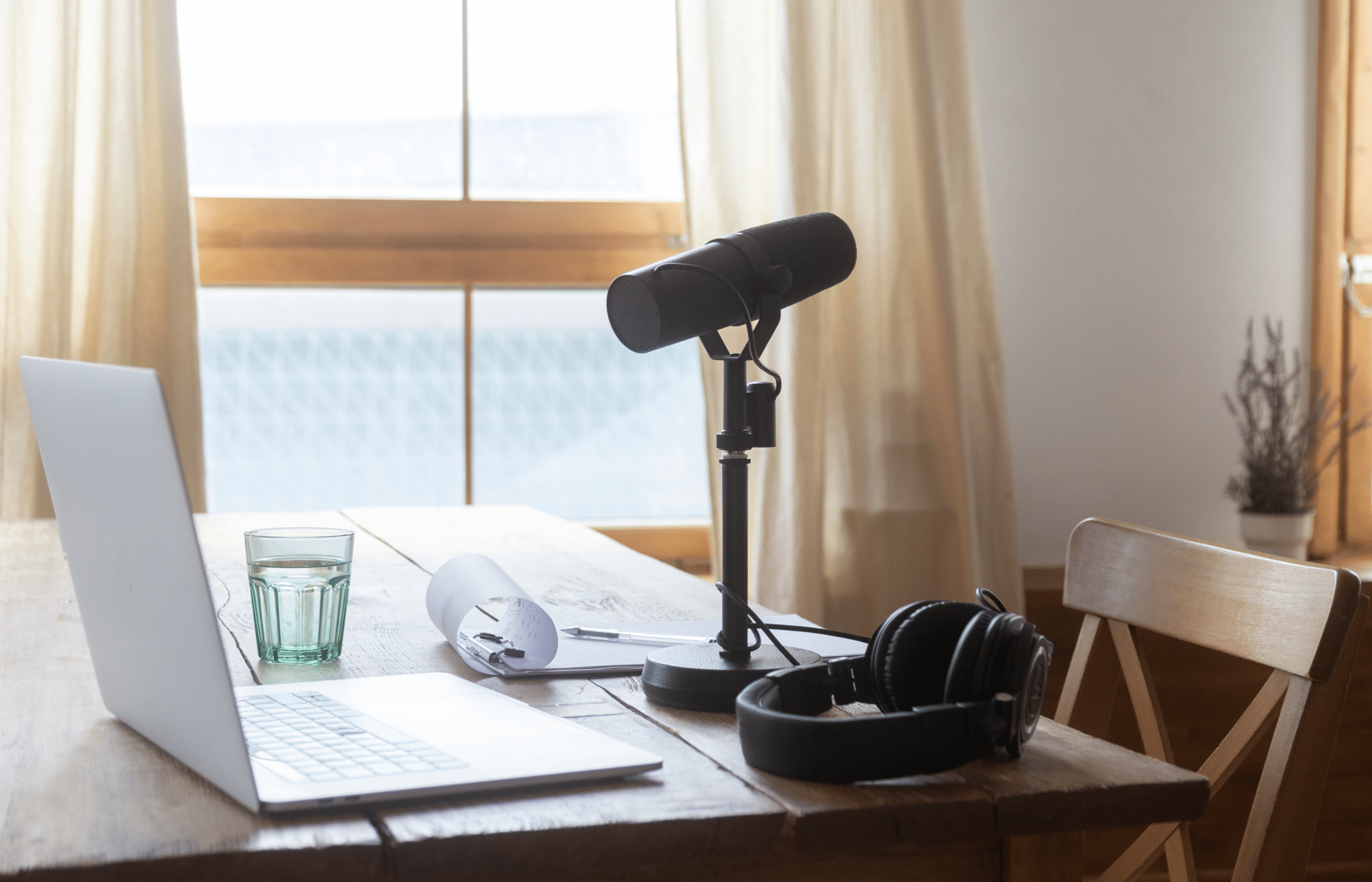
Selecting the right microphone for your podcast is crucial for achieving high-quality audio.
Dynamic microphones are an excellent option for podcasting, as they provide clear and consistent sound quality.
When choosing a microphone, consider factors such as your recording environment and the type of podcast format you’ll be using.
By selecting the right microphone, you ensure your podcast sounds professional and engaging, making it more enjoyable for your listeners.
Headphones
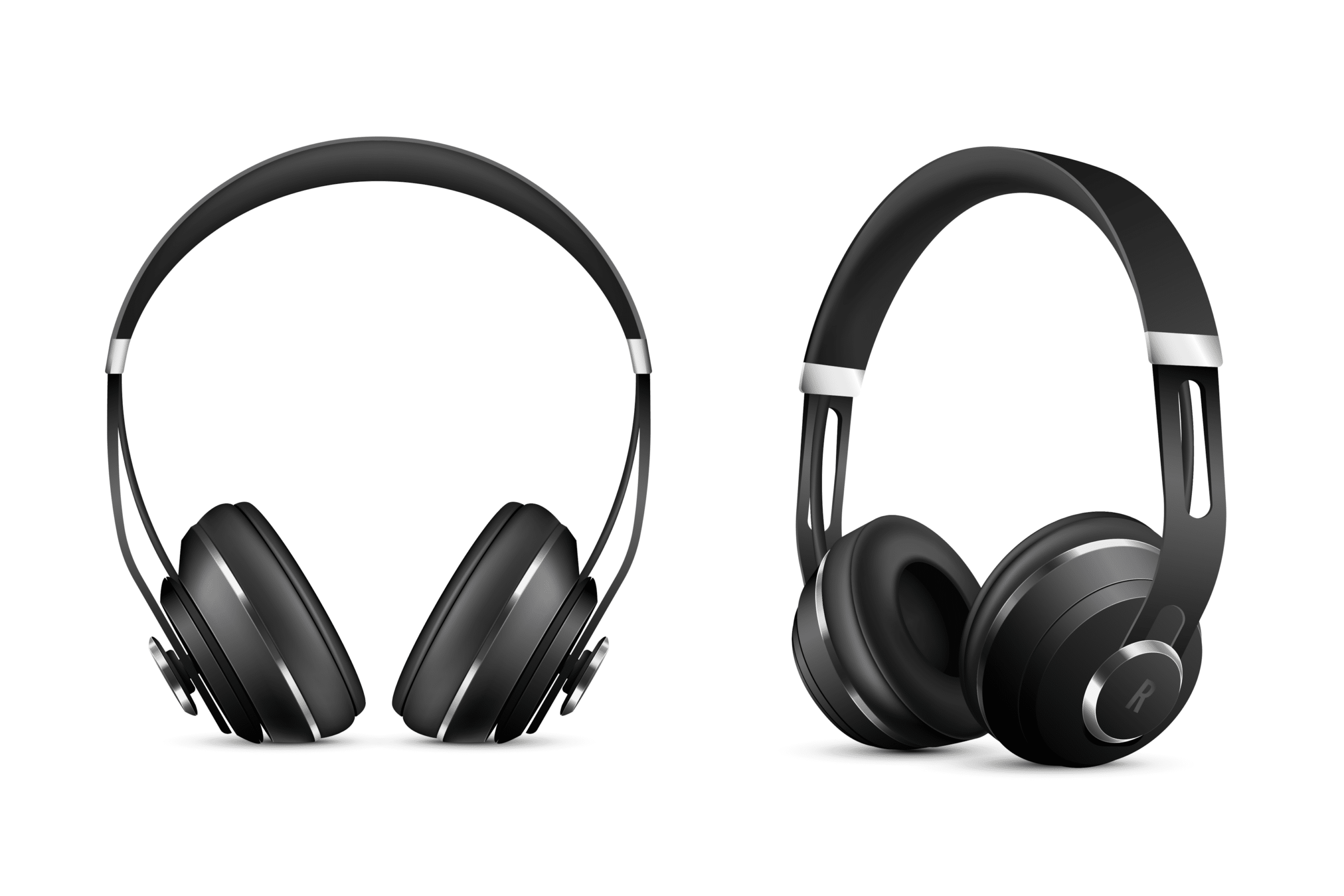
Choosing the right headphones for podcasting is essential for monitoring your audio quality and providing comfort during long recording sessions.
Over-ear headphones offer noise rejection, improved sound quality, and extra comfort, making them an ideal choice for podcasting.
Selecting the right headphones ensures that you can accurately monitor your audio levels and create a consistent listening experience for your audience.
Audio Interfaces
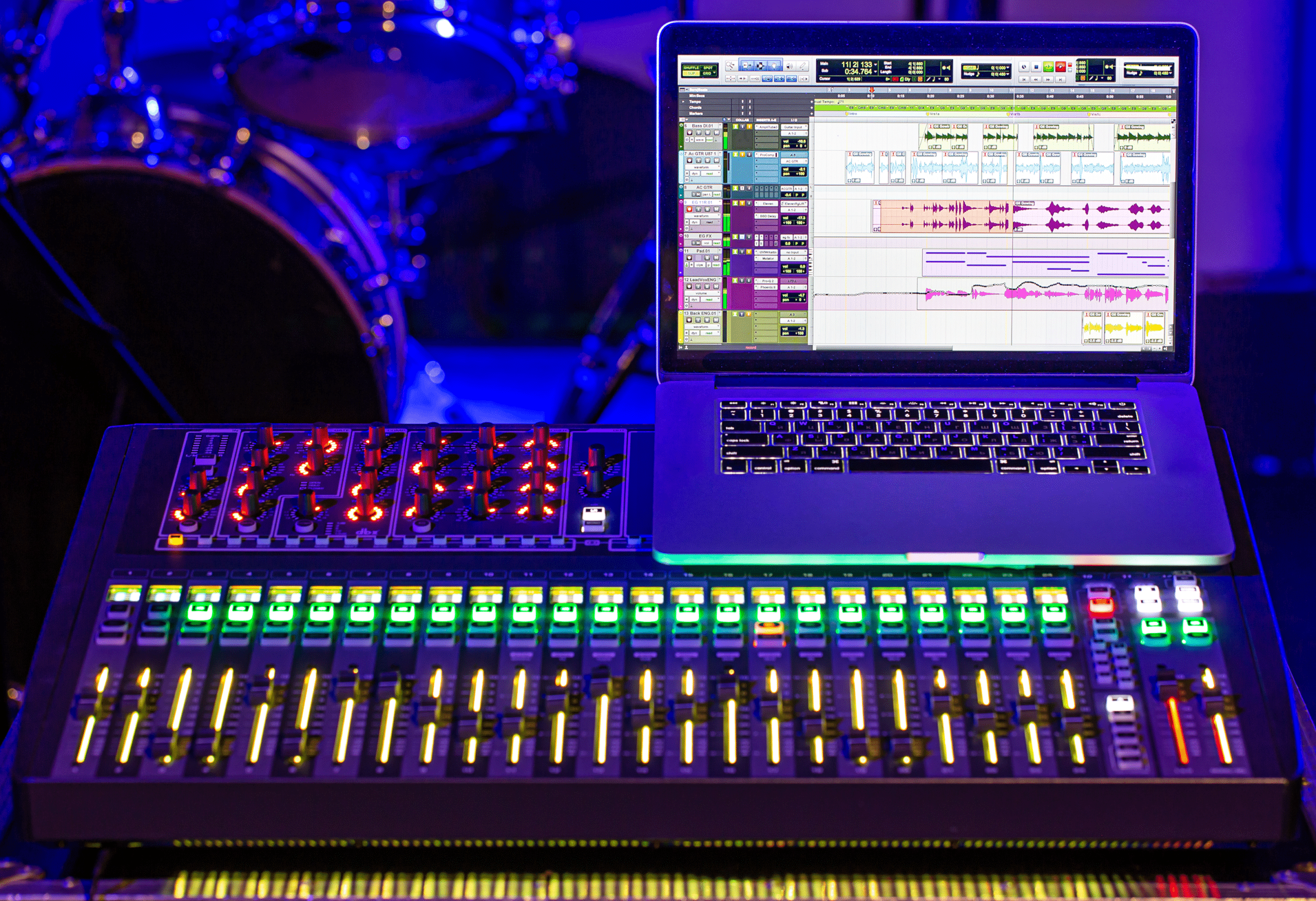
Audio interfaces are devices that allow you to connect microphones, instruments, and other audio sources to your computer for recording and playback.
They are essential for capturing high-quality audio for your podcast.
There are various types of audio interfaces, such as USB, Thunderbolt, FireWire, and PCIe, each with its pros and cons.
Selecting the right audio interface for your podcasting needs ensures that your audio quality remains consistent and professional.
Selecting Podcast Recording and Editing Software
Choosing the right recording and editing software is crucial for creating a polished and professional podcast. Some popular options include Audacity (free), Adobe Audition (paid), and GarageBand (free).
When selecting podcast software, consider factors such as your desired podcast format (audio-only or video), the software’s ability to capture each person’s voice directly, and whether the software records each person’s voice in distinct tracks.
Editing your podcast is an essential step in the production process, allowing you to perfect your work and create a polished final product.
Podcast editing software helps you organize your episodes, edit out mistakes, and ensure your audio sounds its best.
By choosing the right recording and editing software, you can create engaging podcast episodes that resonate with your audience.
Free Software Options
Free podcast recording and editing software can be a great choice for those on a budget or just starting their podcasting journey.
Audacity, GarageBand, and AudioDirector are some of the best free options available.
These software options provide essential features for recording, editing, mixing, and mastering audio, helping you create a professional-sounding podcast without the added cost.
Paid Software Options
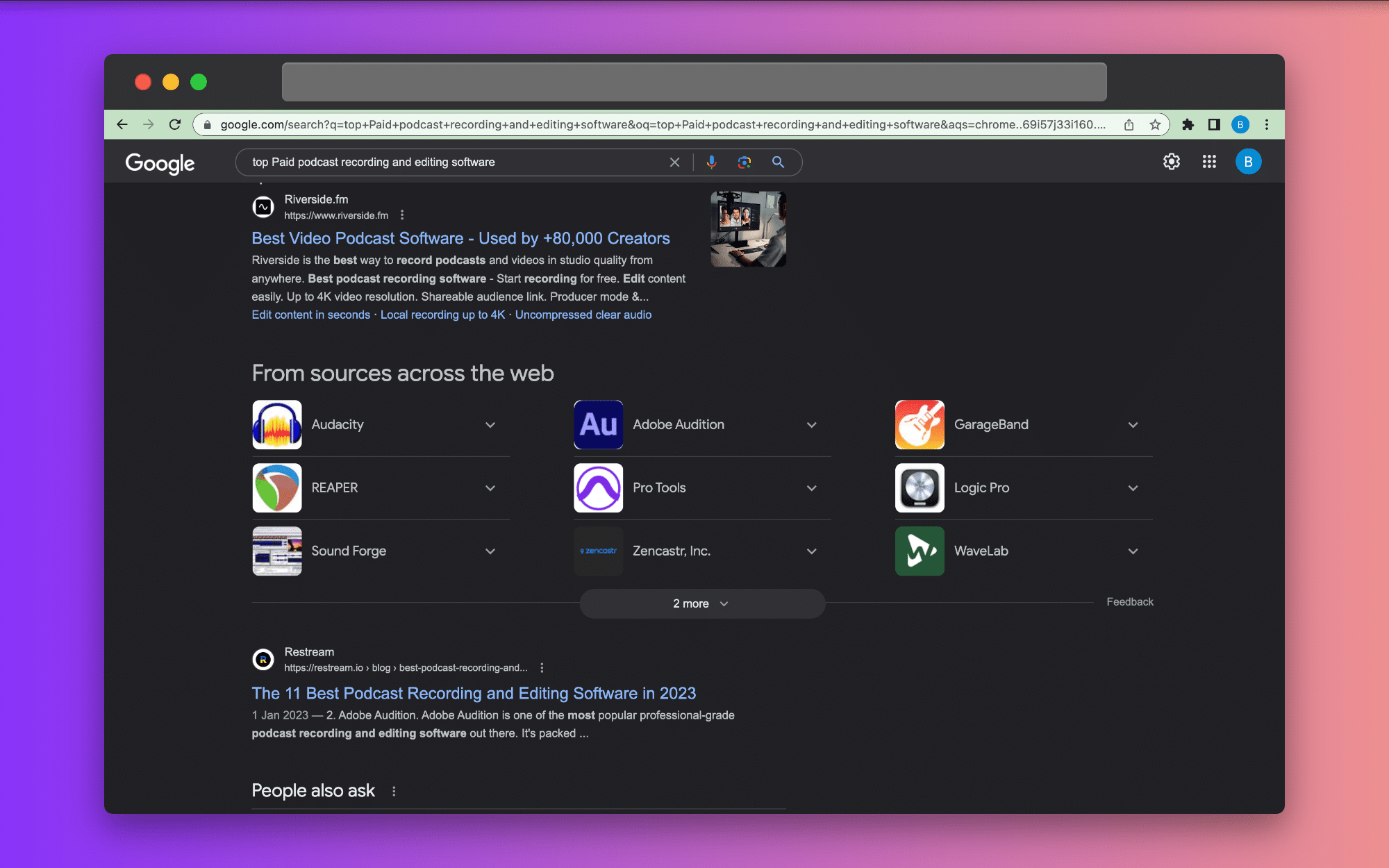
Paid podcast recording and editing software often offer more features and capabilities than their free counterparts.
Some popular paid options include Logic Pro X, Adobe Audition, GarageBand, Hindenburg Journalist, and BounceCast.
Investing in paid software, such as a podcast app, can provide you with additional tools and resources to create a polished, professional podcast that stands out in the crowded podcasting landscape.
Crafting Engaging Podcast Episodes
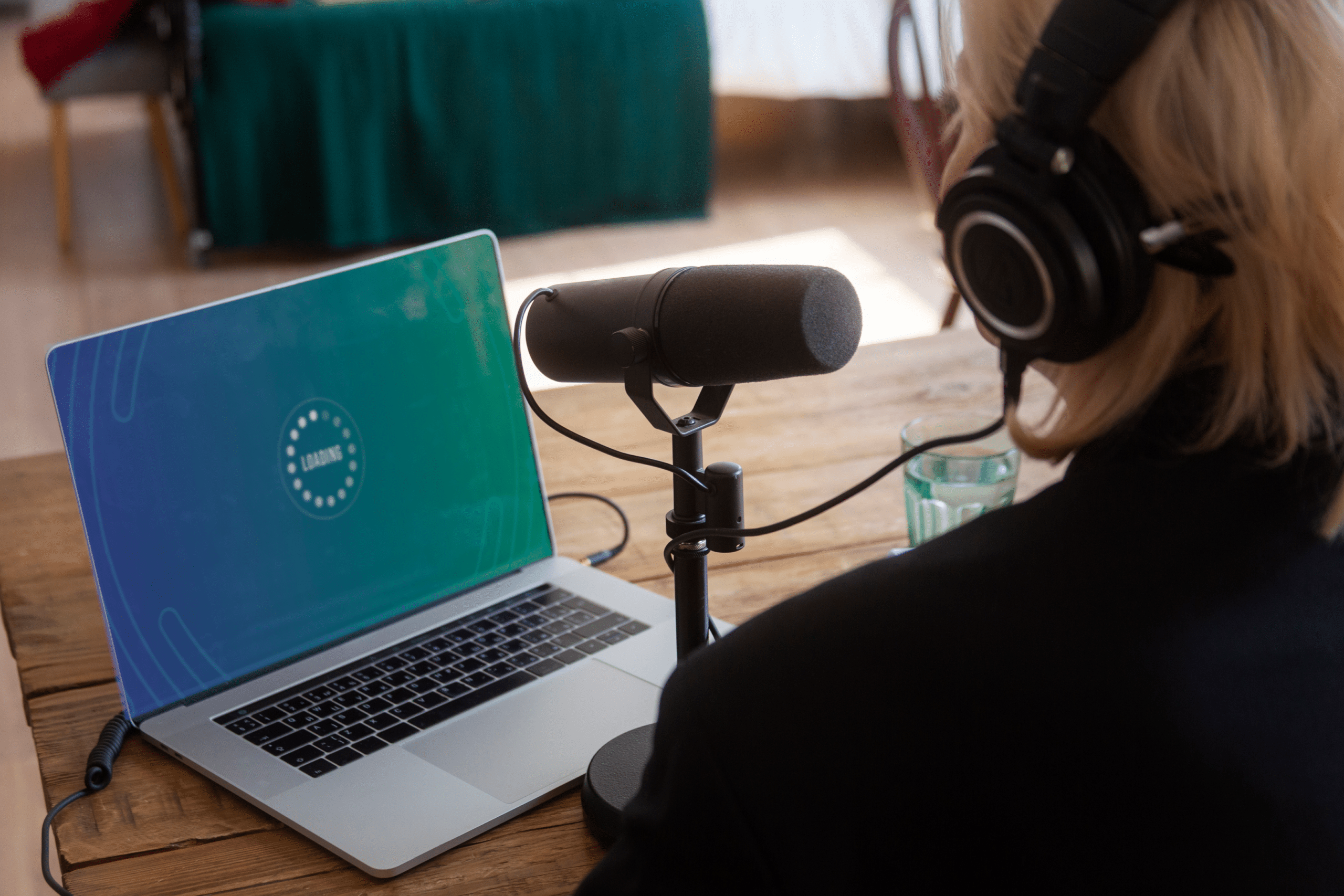
Creating engaging podcast episodes is essential for building a loyal audience and ensuring your podcast’s success.
This involves carefully planning and scripting your episodes, as well as engaging with your listeners through social media and other platforms.
Podcast editing tools, such as Audacity and Adobe Audition, can help you perfect your audio and create a polished final product that keeps listeners coming back for more.
Repurposing your podcast content is another way to maximize your podcast’s reach.
By creating short videos, GIFs, or visuals from your podcast episodes, you can share them on social media platforms and attract new listeners to your show.
By focusing on crafting engaging podcast episodes and repurposing your content, you can grow your audience and create a successful podcast.
Planning and Scripting
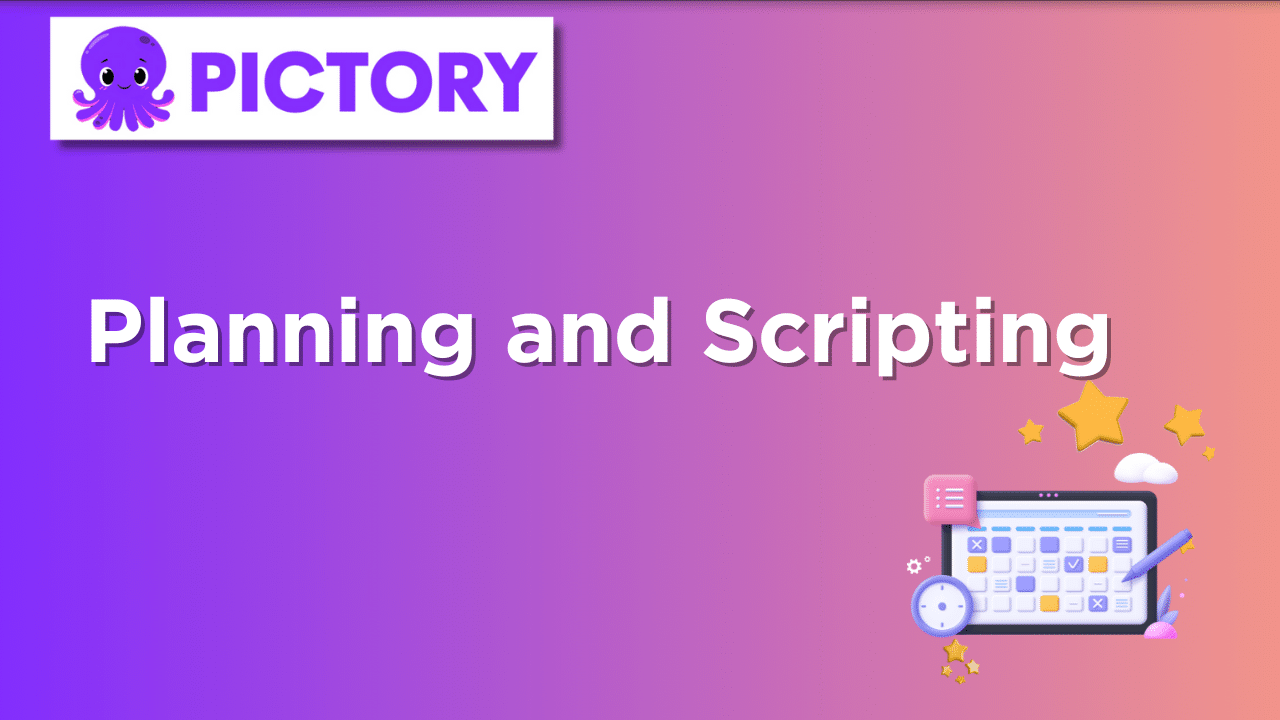
Planning and scripting your podcast episodes are crucial steps in creating a professional and engaging show.
By outlining your episodes and structuring them in a three-act format, you can ensure your content flows smoothly and maintains listener interest.
This involves creating an introduction that hooks your audience, delivering valuable content in the main section, and concluding with a memorable closing.
In addition to planning your podcast episode structure, it’s important to make your podcast sound conversational and authentic.
This can be achieved by using natural language, speaking in a conversational manner, and avoiding technical terms.
By focusing on planning and scripting your podcast episodes, you can create an engaging and professional show that stands out from the competition.
Engaging with Listeners
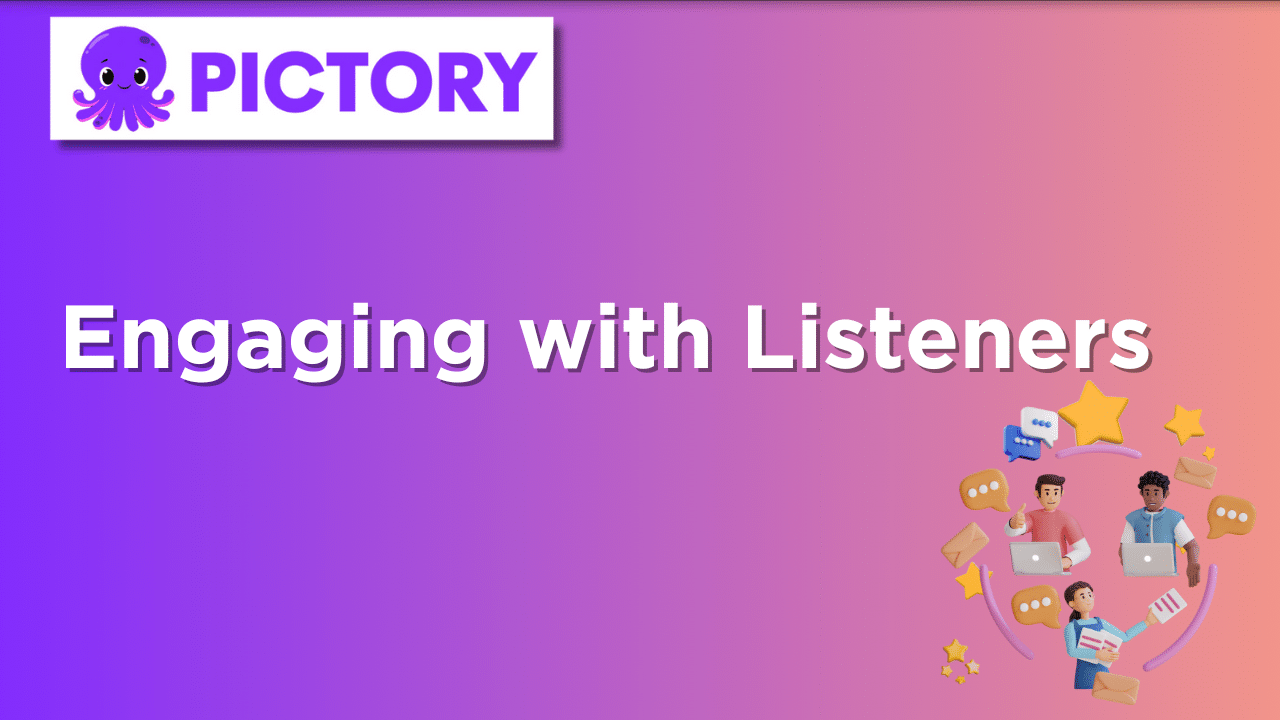
Building strong connections with your listeners is essential for creating a loyal fanbase and growing your podcast.
Engaging with your audience through social media, responding to comments, and addressing listener feedback helps you create a community around your podcast and ensures that your content resonates with your target audience.
By actively engaging with your listeners, you can create a more personal connection and foster a sense of loyalty among your audience.
Podcast Artwork and Branding
Creating eye-catching podcast artwork is essential for attracting listeners and making your podcast stand out in podcast directories.
Your artwork should be straightforward and recognizable, utilizing bold typography and contrasting colors.
Make sure your podcast name is memorable and relevant to your content, as this will help attract and retain listeners.
Developing a strong podcast brand is equally important for creating a successful show.
A consistent brand voice, engaging content, and appealing visuals all contribute to a memorable podcast brand.
By focusing on creating compelling artwork and branding, you can set your podcast apart from the competition and attract a loyal audience.
Designing Podcast Artwork
When designing your podcast artwork, consider the style that best reflects your podcast’s content and target audience.
Utilize bold typography and contrasting colors to create an easily identifiable and eye-catching design.
If you don’t have your own designer, you can explore online platforms like Canva , 99designs, or Fiverr to create custom artwork for your podcast.
By investing time and effort into designing unique podcast artwork, you can create a visual identity that resonates with your audience and sets your podcast apart from the competition.
Developing a Brand Voice
Understanding your target audience and maintaining a consistent brand voice is essential for creating a successful podcast.
Research your target demographic and assess your current audience to tailor your content and tone to their preferences.
By focusing on the interests and needs of your audience, you can create a brand voice that resonates with your listeners and fosters a sense of loyalty.
Consistency in your brand voice not only makes your podcast more professional but also helps your content stand out in a crowded podcast landscape.
Hosting and Distributing Your Podcast
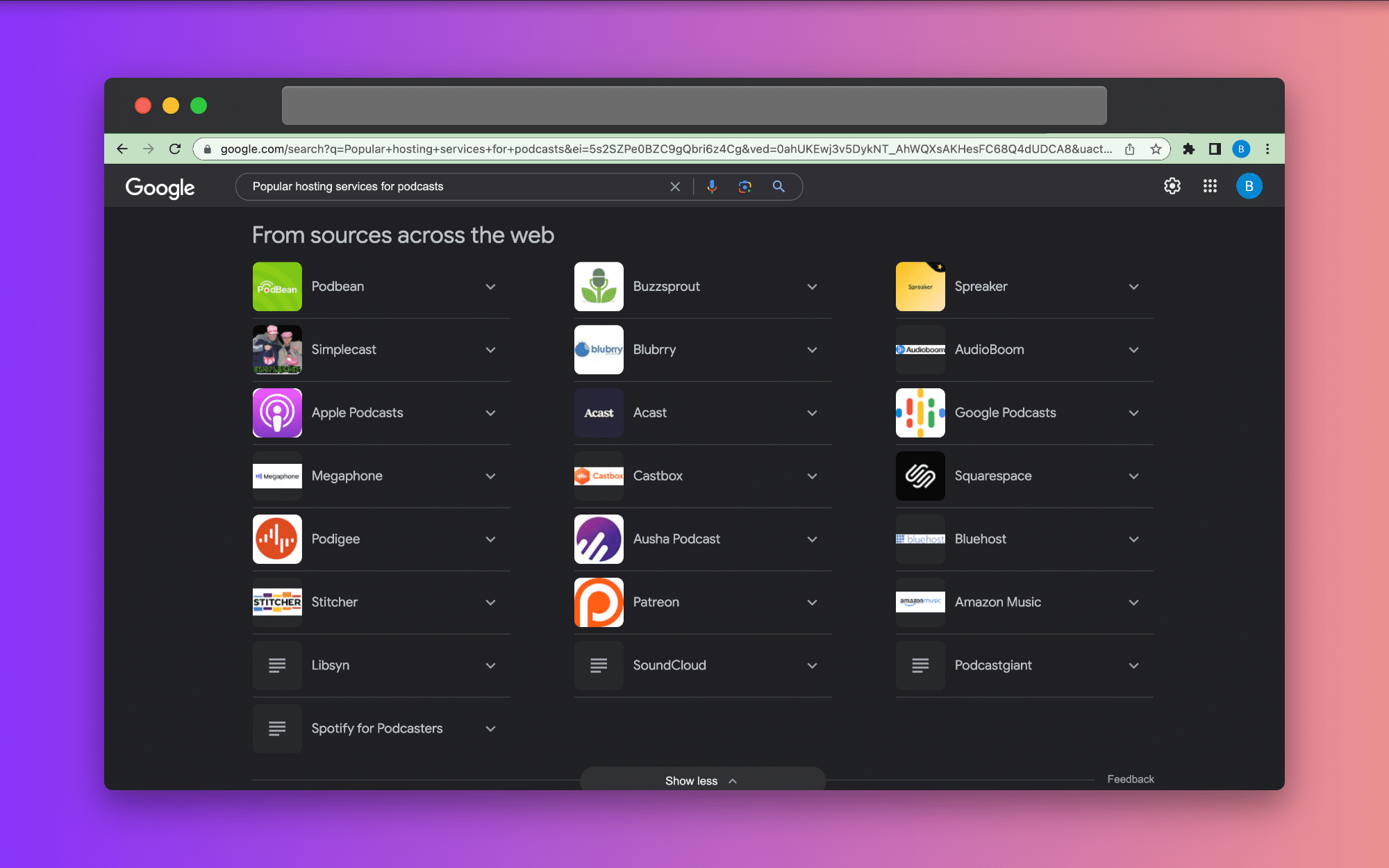
Choosing the right podcast hosting service is crucial for storing your audio files and ensuring a smooth listening experience for your audience.
Popular hosting services include Buzzsprout, Captivate, Transistor, Castos, and RSS.com, each with its unique features and pricing plans.
By selecting the right podcast hosting service for your needs, you can provide a consistent and high-quality listening experience for your audience.
Submitting your podcast to directories such as Apple Podcasts, Spotify, Google Podcasts, Stitcher, and Pocket Casts is essential for reaching a wider audience and increasing your podcast’s visibility.
By providing your podcast’s RSS feed to these directories, you ensure that your podcast is easily discoverable and accessible to listeners across various platforms.
Distributing your podcast effectively through hosting services and directories is crucial for growing your audience and achieving podcast success.
Choosing a Podcast Hosting Service
Comparing various podcast hosting services and their features is essential for finding the right fit for your podcast.
Consider factors such as storage space, bandwidth, analytics, and customer support, as well as pricing options like monthly fees, setup fees, and any other fees.
By carefully evaluating your options and selecting the hosting service that best meets your needs, you can ensure a smooth and enjoyable listening experience for your audience.
Submitting to Podcast Directories
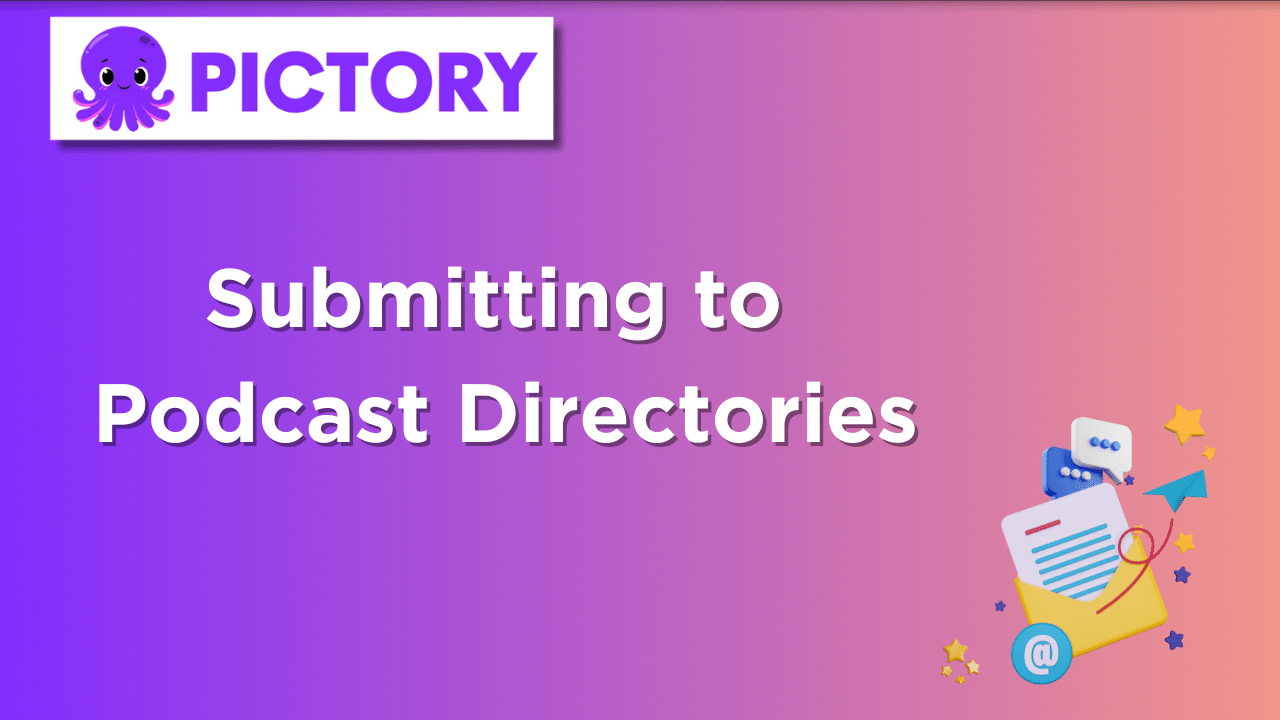
To increase your podcast’s visibility and reach a broader audience, it’s essential to submit your show to popular podcast directories like Apple Podcasts, Spotify, Google Podcasts, and more.
Provide your podcast’s RSS feed to these directories to ensure easy discoverability and access for listeners across various platforms.
By submitting your podcast to directories, you can boost your show’s visibility and attract new listeners, ultimately growing your audience and increasing your podcast’s success.
Promoting and Growing Your Podcast

Promoting your podcast through various strategies, such as social media promotion, guest appearances, and email marketing, can help you attract a larger audience and grow your show.
Social media promotion involves sharing podcast clips, engaging with your audience, and posting regularly to maintain interest.
Guest appearances on other podcasts can bring in new podcast listeners and offer unique perspectives to your content.
Email marketing can help you build a loyal fanbase by nurturing your existing audience and keeping them informed about new episodes and updates.
By employing a combination of promotion strategies, you can effectively grow your podcast and reach a wider audience, contributing to your podcast’s success.
Social Media Promotion
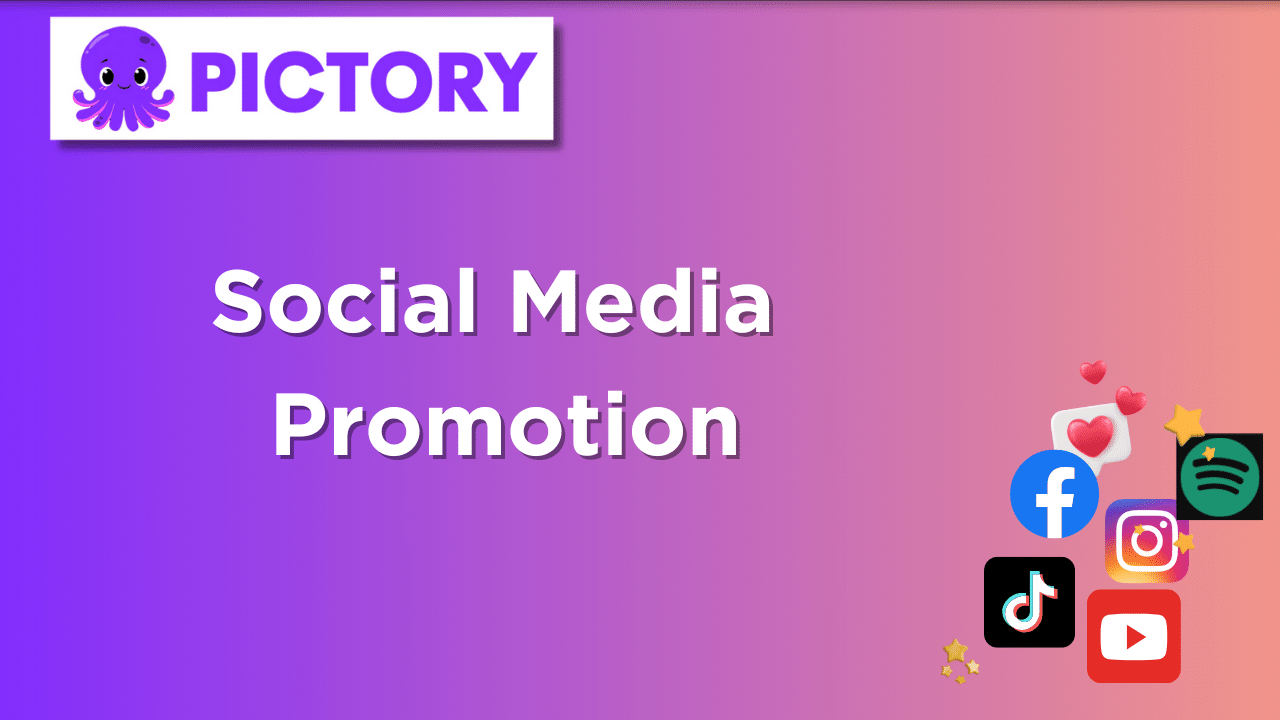
Utilizing social media platforms to promote your podcast is an effective way to reach new listeners and keep your existing audience engaged.
Share podcast clips, behind-the-scenes content, and engaging visuals to capture your audience’s attention and encourage them to share your content with their networks.
By regularly posting on social media and interacting with your audience, you can create a sense of community around your podcast and foster a loyal fanbase.
Guest Appearances
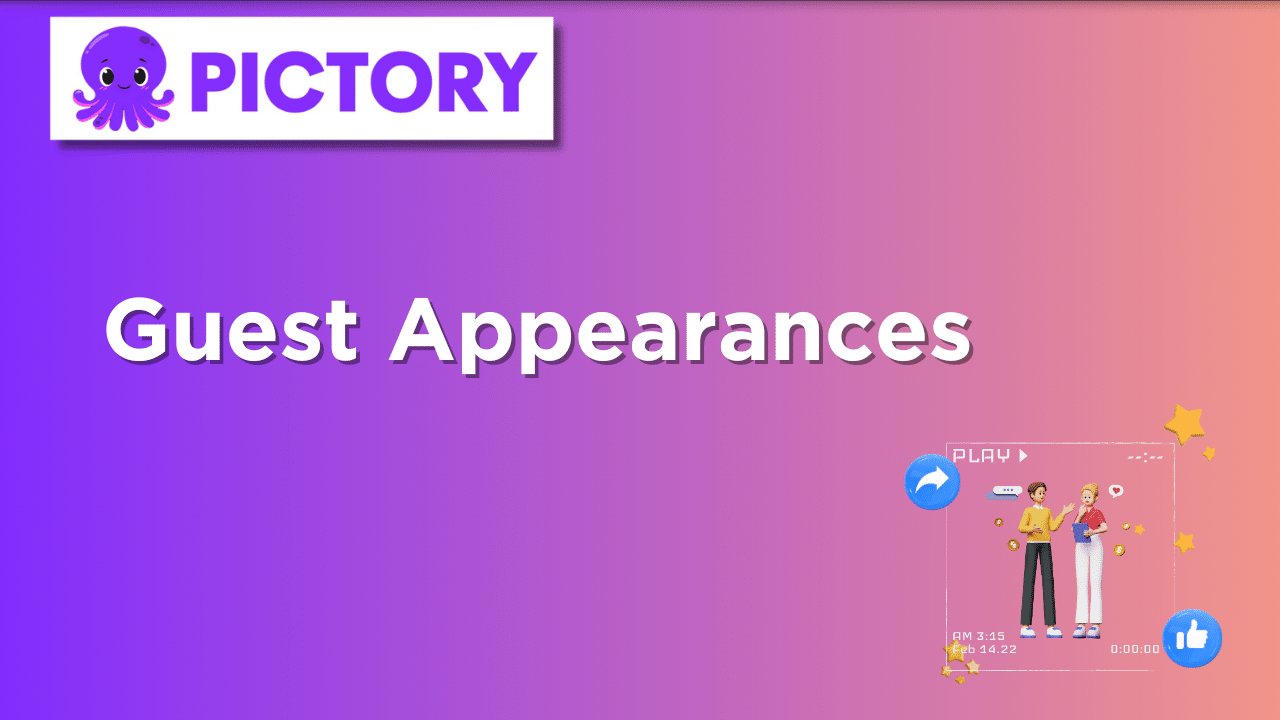
Inviting guests to appear on your podcast can bring in new listeners, offer unique perspectives, and create interesting conversations.
Research potential guests and reach out to them with a professional and engaging proposal.
Ensure that your podcast provides a welcoming and comfortable environment for guests to share their insights and experiences.
As a podcast host, by regularly featuring guests on your podcast, you can provide fresh content and perspectives that keep your audience engaged and eager for more.
Email Marketing
Building an effective email list is crucial for nurturing your existing audience and keeping them informed about new episodes and updates.
Develop a professional and engaging email marketing strategy that includes regular newsletters, exclusive content, and special offers for your subscribers.
By maintaining regular contact with your audience through email marketing, you can foster a sense of loyalty and ensure that your listeners stay engaged with your podcast.
Monetizing Your Podcast
Monetizing your podcast can provide additional income and help you invest in your show’s growth.
There are various monetization options, such as sponsorships, affiliate marketing, and selling merchandise.
By exploring these options and choosing the best fit for your podcast, you can generate revenue while providing value to your audience and maintaining the quality of your content.
Sponsorships

Securing sponsorships for your podcast can be a lucrative revenue stream, as companies are often willing to pay for exposure to dedicated audiences.
Research potential sponsors, reach out to them with a professional proposal, and emphasize the value your podcast can provide in terms of audience reach and engagement.
By securing sponsorships, you can monetize your podcast and ensure its continued growth and success.
Affiliate Marketing

Affiliate marketing offers another potential revenue stream for your podcast.
By promoting products or services relevant to your podcast’s content and audience, you can earn commissions on sales generated through your affiliate links.
Ensure that you promote products honestly and transparently, and choose affiliate partners that align with your podcast’s values and audience interests.
By effectively implementing affiliate marketing, you can generate additional income while providing valuable recommendations to your listeners.
Selling Merchandise

Selling merchandise related to your podcast is another way to monetize your show and engage with your podcast community.
Offer products such as branded apparel, accessories, or unique items related to your podcast’s content.
Ensure that your merchandise is of high quality and reasonably priced to appeal to your audience.
By selling merchandise, you can generate additional revenue while strengthening the connection between your podcast and its fans.
Summary
In conclusion, creating a successful podcast involves a combination of finding the right topic, format, equipment, and hosting service, as well as promoting and monetizing your show effectively.
By following the steps outlined in this guide, you can create a professional and engaging podcast that resonates with your audience and stands out in the competitive podcast landscape.
So get started on your podcasting journey today and watch your show grow and thrive!
Frequently Asked Questions
How do I start a podcast with no experience?
Getting started on a podcast without any experience doesn’t have to be daunting.
Start by setting realistic goals and researching potential topics that interest your target audience.
Also, plan how you’ll market your podcast and create content regularly.
With this foundation, you’ll soon be well-versed in the world of podcasting.
What are the four basic steps to creating a podcast?
Creating a podcast doesn’t have to be complicated! Start by setting your goals and defining your niche.
Next, build your brand and online presence, source recording equipment and editing software, record and edit your podcast, and finally, promote it.
With these steps, you’ll be ready to start broadcasting your voice!
How do I choose the best podcast topic and format?
When choosing the best podcast topic and format for your project, think about what you’re most passionate and knowledgeable about, as well as who your target audience is.
There are a variety of podcast formats to consider, such as solo shows, interviews, and panel discussions, so find what works best for you and your listeners.
What essential podcast equipment do I need?
You’ll need a microphone, headphones, and an audio interface to create your podcast.
These items are essential for capturing great sound and making sure your listeners have a good listening experience.
How can I effectively promote my podcast?
Engage with your audience by reaching out to them directly and through social media, offering podcast guests special incentives, and creating content around the topic of your show for maximum visibility.
Make sure to share your content on various platforms to get more engagement!
Now your podcast is set up and engaging listeners, check out our complete guide on How To Promote Your Podcast
And sign up for a FREE Pictory account today to see how we can transform your business with engaging video content!

